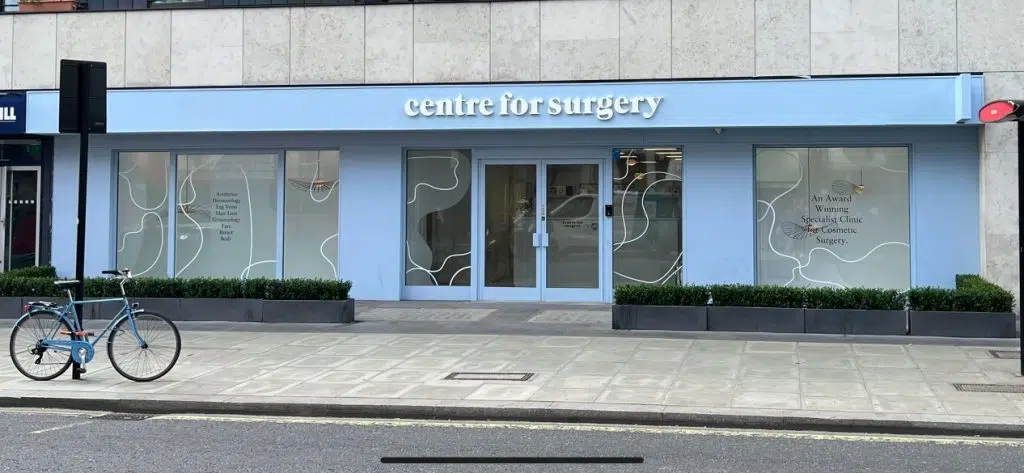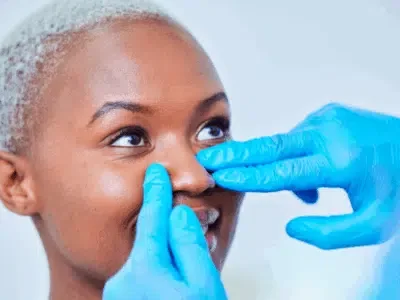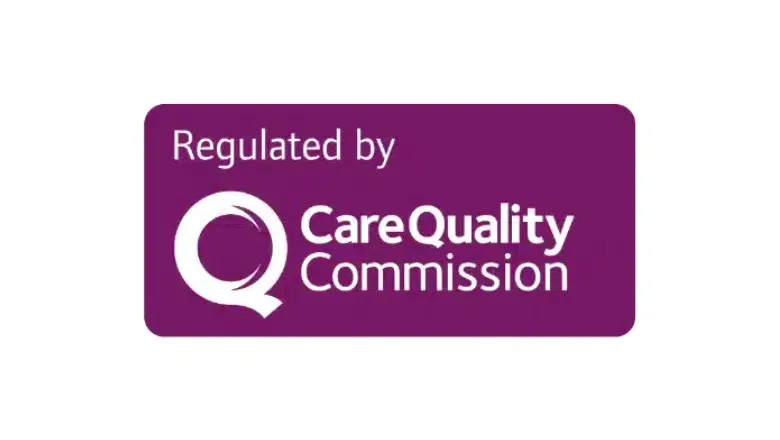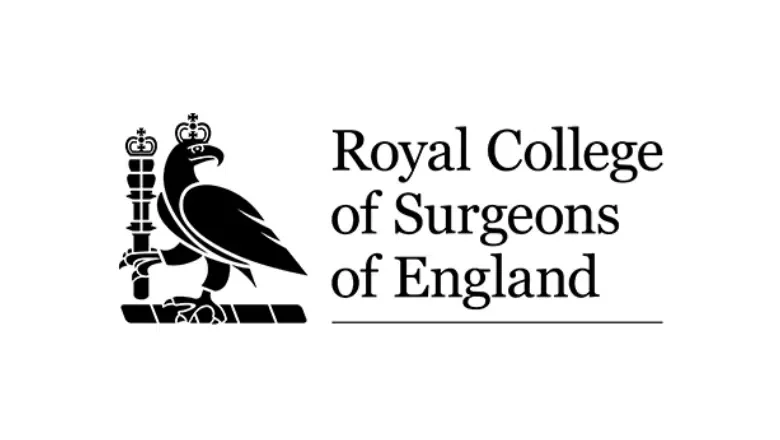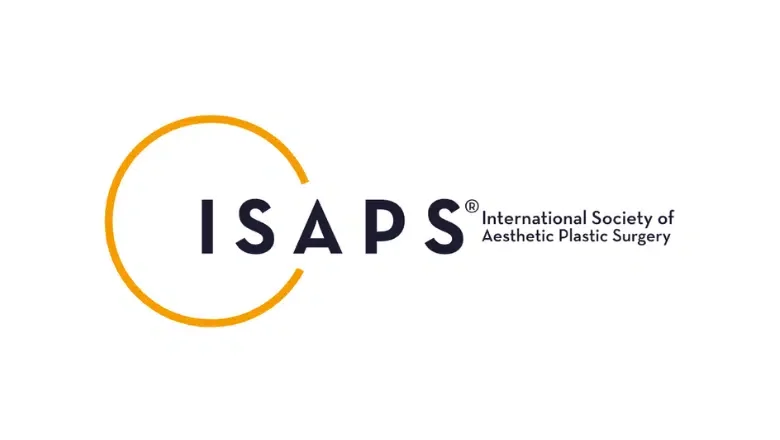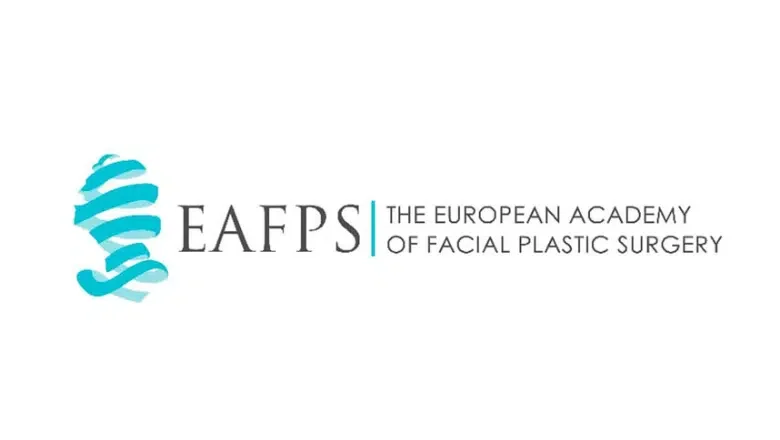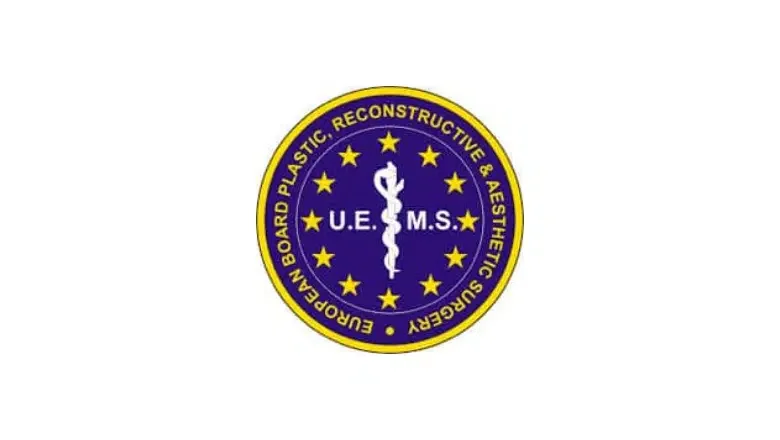If you are unhappy with the results of your rhinoplasty or nose job procedure, you may have considered having a revision rhinoplasty to address your concerns. Before making the decision to undergo corrective surgery, it is essential to be aware of the potential risks and complications associated with a revision rhinoplasty procedure.
It is widely accepted that revision rhinoplasty is a highly complex reconstructive procedure, known to be more challenging to perform than an eyelid lift or facelift. The risk of complications, including dissatisfaction, is higher with this procedure. This is why selecting a highly experienced rhinoplasty surgeon is crucial to ensure the success of your procedure.
What is revision rhinoplasty?
Revision rhinoplasty surgery is carried out to correct, redo, or fine-tune the results of a previous rhinoplasty for either aesthetic, functional, or both. Revision surgery is only recommended once people have reached the age of 18. Before this time, the nose will continue to mature actively. People often decide to undergo a revision rhinoplasty when they have had a previously performed rhinoplasty procedure that has failed to achieve the ideal outcome. Revision rhinoplasty surgery typically involves an open approach, which requires an incision at the columella to expose the underlying bone and cartilage framework. This provides the surgeon with full visualisation of the nasal structure, allowing for the accurate correction of any deformities that have arisen as a result of previous surgery.
Any revision nose surgery requires the surgeon to deal with significant scar tissue. The best way to manage this is to use the open approach for precise identification of the areas of the nose which require correction.
The surgeon will make the incision beneath the tip of the nose and gently reflect the skin of the nose upward to expose as much of the underlying framework as possible. Corrective surgery can then be undertaken to reconstruct the septum, nostrils, nasal bridge or nasal tip.
Revision rhinoplasty is designed to achieve a nose appearance that harmonises with the rest of the facial features.
There are several factors which your surgeon needs to take into account when planning a potential revision rhinoplasty procedure, including:
The amount of scar tissue present
A previous rhinoplasty can result in extensive scar tissue that alters the nose’s anatomy. As part of revision rhinoplasty, skilled dissection is required to separate the tissues gently. Only a surgeon experienced in revision procedures can safely and confidently differentiate between scar tissue and the underlying cartilage.
How much cartilage is available
Many Rhinoplasty revision procedures will require sufficient amounts of cartilage to rebuild the nose. In some cases, a surgeon may not have enough septal cartilage available. In these cases, Cartlidge graphs will be required from other areas of the body, including the ears or ribs. Alternatively, your surgeon may choose to use a synthetic cartilage substitute to avoid the risks and complications of harvesting rib cartilage.
The condition of the skin
Previous surgery can affect the skin, especially in those with thinner skin.
What are the potential risks and complications of revision rhinoplasty?
The risks involved with a revision rhinoplasty procedure are greater than those of primary rhinoplasty, although the chances of developing problems are still very low. We recommend selecting an experienced rhinoplasty surgeon who regularly carries out revision surgery to give you the best possible chance of achieving pleasing results. Potential risks of revision rhinoplasty include:
Reaction to the anaesthetic
Revision rhinoplasty is carried out under general anaesthesia. Any general anaesthetic involves a risk of complications, including anaphylaxis. Here at Centre for Surgery, our anaesthetists are highly experienced in administering anaesthesia for all types of rhinoplasty, including revision surgery.
RELATED: Anaesthesia for Cosmetic Surgery
Bleeding
As part of the rhinoplasty procedure, small blood vessels are invariably damaged when exposing the bone and cartilage framework. Most types of rhinoplasty procedures involve minimal blood loss. In a small number of cases, patients may experience a greater degree of blood loss, especially in men who require correction of traumatic deformities of the nose. As part of the preoperative assessment, any bleeding disorders will be identified and evaluated. However, any bleeding during rhinoplasty surgery rarely requires high-level hospital input or a blood transfusion, as the overall amount of blood loss is typically very low. Many patients with higher-than-normal blood loss levels during the procedure can easily manage this by applying nasal packs, which are kept in for between 24 and 48 hours.
Many types of blood-thinning drugs, such as aspirin, can result in bleeding, so they should be avoided before the procedure. Herbal supplements should also be stopped before revision rhinoplasty. Your doctor will advise you on which medicines to stop before your procedure to minimise the risk of bleeding.
Nasal blockage
Corrective surgery often involves alteration of the nasal controls, which may require a septoplasty procedure. This may cause localised swelling inside the nose, which can result in nasal airflow obstruction and difficulty breathing. Fortunately, this should begin to improve as the swelling settles down over the first two weeks after surgery.
Infection
The nose has an excellent blood supply, so the risk of infection is considered very low after any nose surgery. Certain factors may increase the risk of infection, including previous cocaine use, damage to the delicate lining of the nose or extensive scar tissue. The risk of infection can be minimised by being on the lookout for specific symptoms that may signify a developing infection, including fever, pain, swelling, redness and a malodorous discharge from the nose.
Dissatisfaction
Revision rhinoplasty is considered the most complex procedure performed at Centre for Surgery. Many procedures can take more than 4-5 hours to perform. Despite undergoing revision surgery, patients may still be dissatisfied with the surgical outcome. This can be minimised by having a detailed consultation with your surgeon to ensure that they understand precisely what you were trying to achieve and if your expectations are considered realistic. We would recommend having two or three pre-operative consultations with your surgeon to ensure the proposed plan is clear and achievable.
RELATED: Risks Of Rhinoplasty Surgery – How To Have A Safe Nose Job
What is recovery like after revision rhinoplasty?
After surgery, it is normal to experience bruising and swelling that lasts between one and two weeks. Patients often report that they have experienced less discomfort after their revision rhinoplasty than after their initial procedure. This is usually due to the extensive scar tissue, which lacks pain receptors.
RELATED: Recovery After Rhinoplasty – Top Tips
After the procedure, a nasal splint and brown tape will be applied to the nose to support it during the healing phase. Major structural work may also require the application of silicone splints. You will be reviewed by a nursing team member one week after your surgery to have your splint and stitches removed. Advice will also be given on how to clean the news with sterile saline. Most patients can go back to office-type work after one week. Patients should avoid strenuous exercise, including going to the gym or sexual intercourse, for six weeks after surgery once the bruising and swelling have settled down.
You will be able to see the initial results of revision rhinoplasty immediately after the procedure, and these will continue to improve as the swelling reduces. You can optimise the healing of your nose by eating healthy, nutritious foods and keeping well hydrated. Final results can take up to 12 months to appear due to the significant swelling which may occur after revision rhinoplasty surgery. You can then begin to enjoy the results of your procedure with newfound confidence.
Why choose Centre for Surgery for Revision Rhinoplasty?
Centre for Surgery is the leading cosmetic surgery clinic in London and is home to some of the best rhinoplasty surgeons in the UK. We specialise in the full range of rhinoplasty surgery using state-of-the-art techniques at our purpose-built medical facility located on Baker Street in Marylebone.

